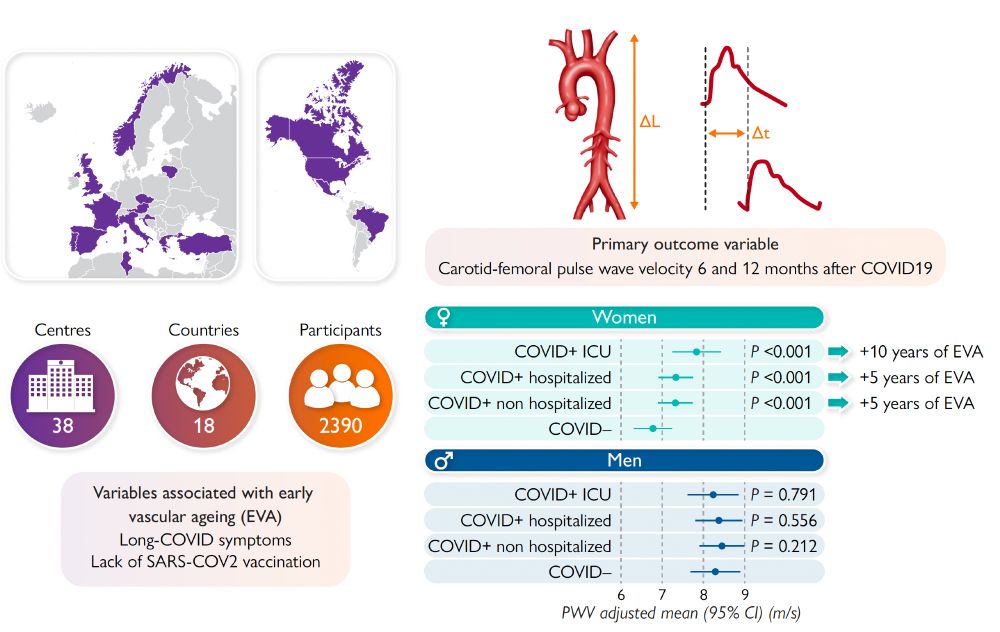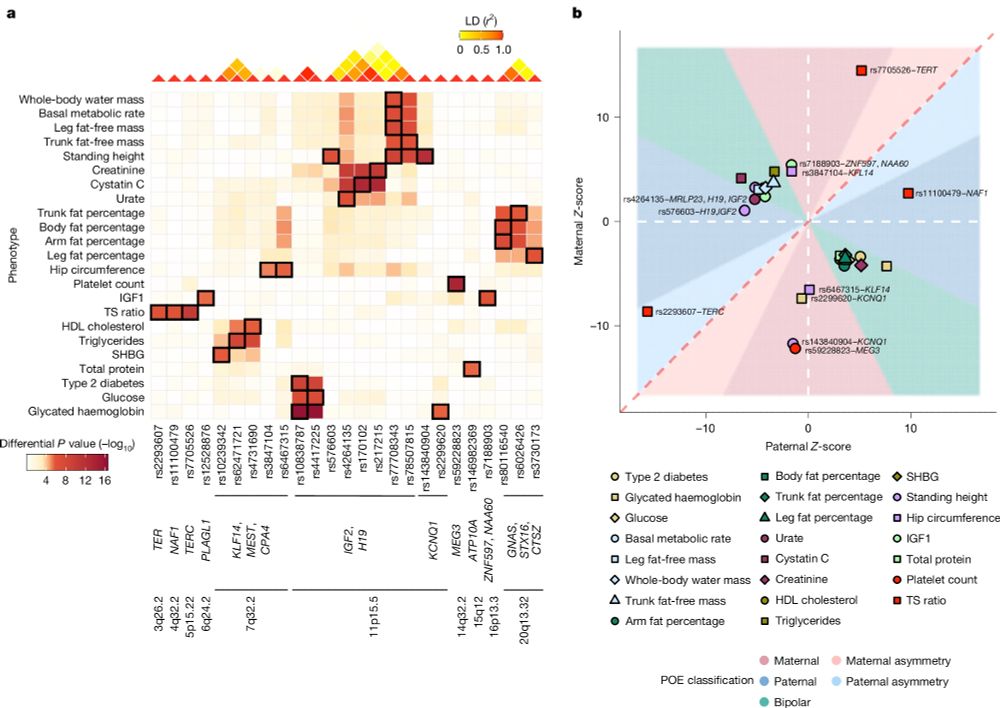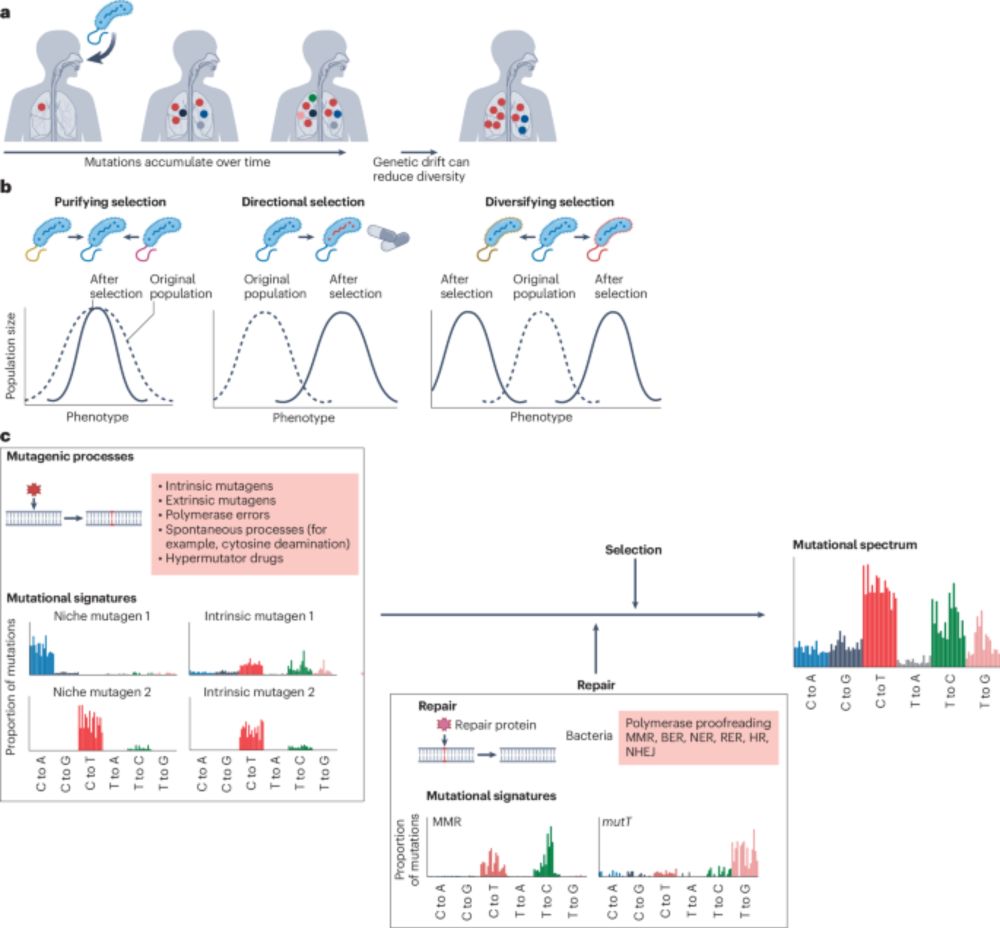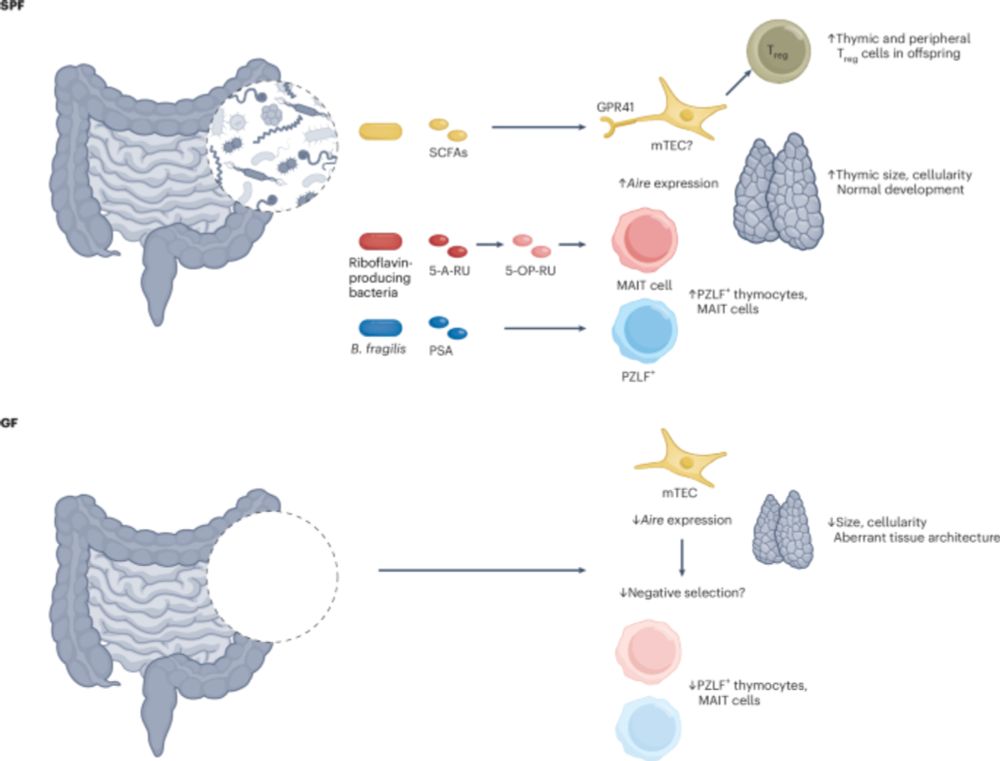Guillaume Méric
@gmeric.bsky.social
2.1K followers
230 following
280 posts
🇪🇺 🇫🇷 🇦🇺 in 🇬🇧 (he/him) | www.mericlab.com
Human microbiome(s), pathogen ecology & host-microbe genomics
Associate Professor @uniofbath.bsky.social
Clinical Affiliate @bakerresearchau.bsky.social @cambridgebaker.bsky.social
📍Bath, UK
Posts
Media
Videos
Starter Packs
Reposted by Guillaume Méric
Pamela Ferretti
@pamferretti.bsky.social
· Aug 15
Reposted by Guillaume Méric
Reposted by Guillaume Méric
Reposted by Guillaume Méric
Reposted by Guillaume Méric
Reposted by Guillaume Méric
404 Media
@404media.co
· 15d

AI ‘Workslop’ Is Killing Productivity and Making Workers Miserable
AI slop is taking over workplaces. Workers said that they thought of their colleagues who filed low-quality AI work as "less creative, capable, and reliable than they did before receiving the output."
www.404media.co
Reposted by Guillaume Méric
Reposted by Guillaume Méric
Reposted by Guillaume Méric
Reposted by Guillaume Méric
Reposted by Guillaume Méric
Reposted by Guillaume Méric
Reposted by Guillaume Méric
Reposted by Guillaume Méric
Reposted by Guillaume Méric
Guillaume Méric
@gmeric.bsky.social
· Aug 8
Reposted by Guillaume Méric
Reposted by Guillaume Méric
Kate Baker
@ksbakes.bsky.social
· Jul 31
Guillaume Méric
@gmeric.bsky.social
· Aug 6

Metagenomic estimation of absolute bacterial biomass in the mammalian gut through host-derived read normalization | mSystems
In this study, we asked whether normalization by host reads alone was sufficient to
estimate absolute bacterial biomass directly from stool metagenomic data, without
the need for synthetic spike-ins, ...
journals.asm.org
Reposted by Guillaume Méric



















